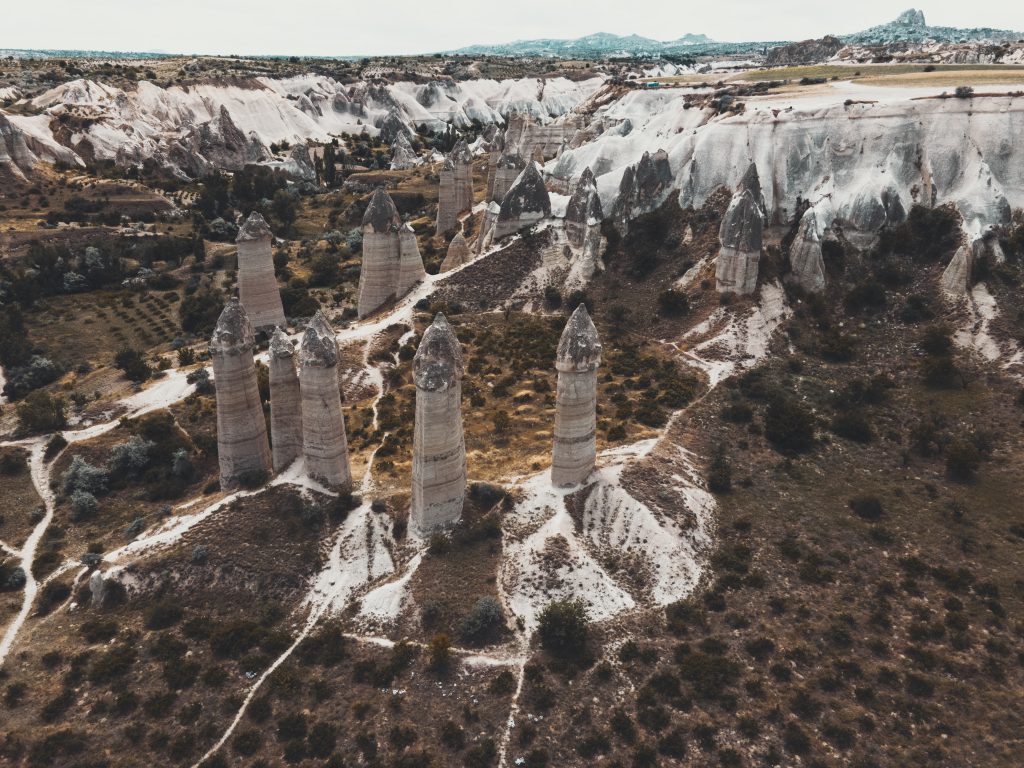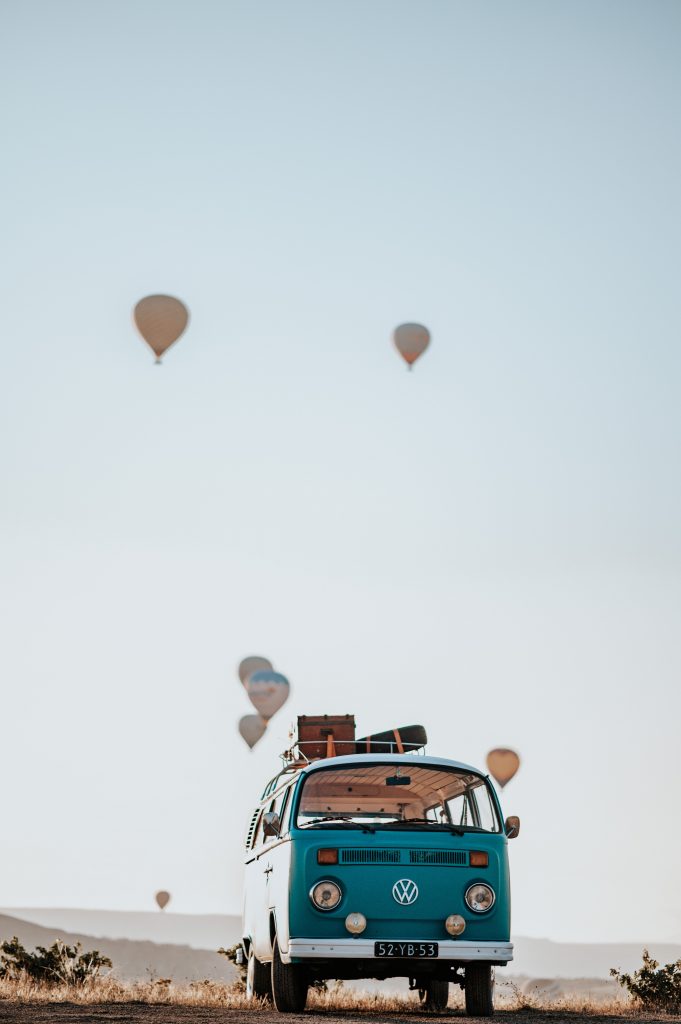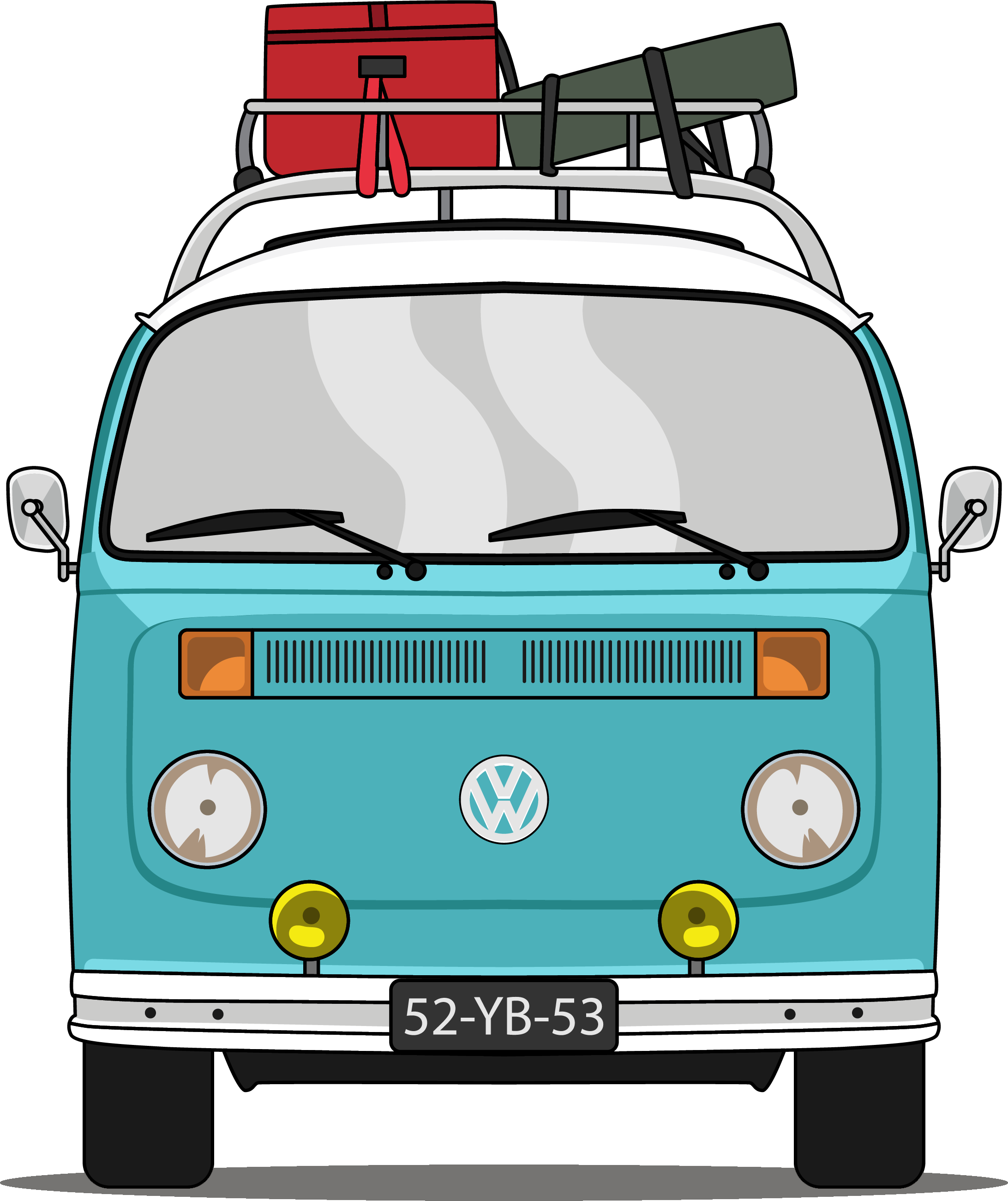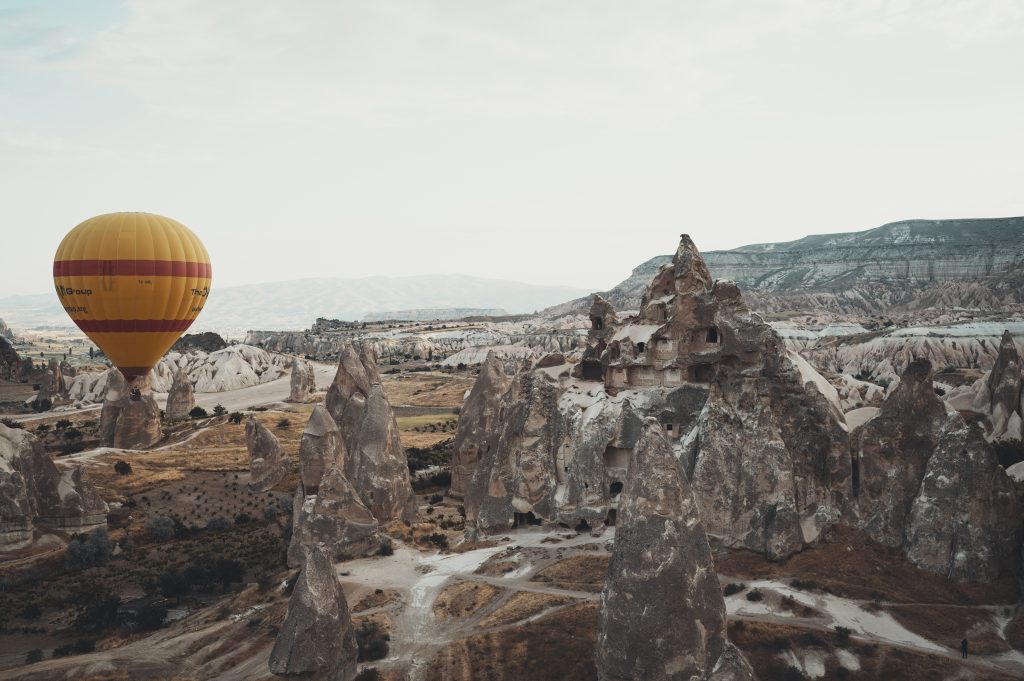In the previous post you could read about my, Milene’s, thesis on Cappadocia. Lets see what happened in the past ten years.
First a bit about Cappadocia
The Persian name of the region was “Kappa Tuchia” which means “The land of beautiful Horses”. Cappadocia is deprived from that.
The secret of Cappadocia is hidden with the geographical formations dating back to 60 million years. The smooth layers formed by the lava and ashes spewed out from the Mount Erciyes, Mount Hasan and Mount Gulludag has become rocky formations first and than corroded with the rain and wind for million years and finally showed up today’s geographic formations.

Cappadocia has also been home to many civilizations since the stone age throughout history. Using the advantage of this structure of the region, many rock-cut settlements, houses, monasteries, churches, chapels and underground cities were built. This is how most of the fairy chimneys are located inside.
The region was active during the Hittites period. Since it was located on the historical Silk Road route, the region was a kind of commercial center at that time.
Afterwards, the Persians in the 6th century BC, the Kingdom of Cappadocia during the time of Alexander the Great in 332 BC, and the Roman Empire reigned in the region until 17 AD. When the last King of Cappadocia died in 17 AD, the region becomes a Roman province.
After the settlement of the Christians here in the 3rd century AD, the region became a center of education, religion and thought. However, between the years of 303-308, the pressure of the Roman Empire increases and the people make shelters and settlements carved to the rocks in the deep valleys, that are invisible from the outside.
Again during the 11th and 12th centuries, Arab raids dominated the region, and then the Seljuks. Peace was dominant in the region during the Ottoman Empire, and after the Treaty of Lausanne, the Christians migrated and left Cappadocia between the years 1924-1926.
Tourism in Cappadocia
You can imagine that this place with its fairy chimneys, cave houses and underground City became a tourist attraction. Ten years ago I already saw the side effects of tourism; name marking in cave houses, old weaving shops making place for tourist shops, locals moved out and outsiders moved in.
Ten years later the only thing that changed was the amount of everything. Many more hotels, many more tourist shops, many more tourism companies where you can book any type of excursion. Now you cannot only book a horse back riding trip but there’s ATV’s, Jeeps and camels. You cannot only visit one open air museum but at least four. The open air museum is not €1.50 but €10,-. There are not 10 restaurants but 50 and all the weavers that I loved so much have left the village. It saddens me deeply to see that the culture made place for tourism. Money being more important than heritage.
That being said, Cappadocia is still a place worth visiting. It’s still a very interesting place, historically and culturally. I just wish that people would come here understanding the beautiful culture, the incredible historical value and the breathtaking natural formations. Cause that’s exactly what this place is: history, culture and nature combined. The stories that this place holds are so immense. Instead of Instagram photos with rugs, balloons and fairy chimneys I would love to see another kind of tourists. In my thesis I called this Cultural Heritage Tourism. Travellers that connect with a place, leave nothing but footprints and come back home with stories about the horses in underground cities, the hidden houses so invaders couldn’t find them and the pigeons they kept to fertilize the grounds.
And yes we’re also on Instagram, we also flew in a balloon and drove to Ask Vadisi for a photo. So I’m sure the future of this place is bright and that tourism and natural & cultural sights can work together. As long as we fight mass tourism taking over a place completely.

Enough rant, lets go back to our stay in Cappadocia.
We stayed at an amazing hotel; Gazide Cave Hotel. Beautiful rooms, great location and wonderful people. We ate testi kebab from the pottery (a must when visiting Cappadocia), manti at an eco restaurant (absolutely my favourite up to now!) and flew in a balloon! We visited many churches of which one was quite hidden and we had to get a key first. Drove around to see several fairy chimneys and visited the amazing labyrint of the Derinkuyu Underground City.
Then after three nights it was time to move on. More East but this time mainly South. We’re going to the Syrian border! After 12 years of dreaming and wanting to visit this place it’s going to happen; Nemrut dagi. But also the oldest settlement found on earth; Göbleklitepe, old cities like Midyat & Mardin and the Kurdish capital of Turkey; Diyarbakir. As Syria isn’t open to tourists thanks to Covid-19 we have to skip Aleppo which is a pity but probably better for the hearts of our parents 😉
Love, Milene & Yuri




